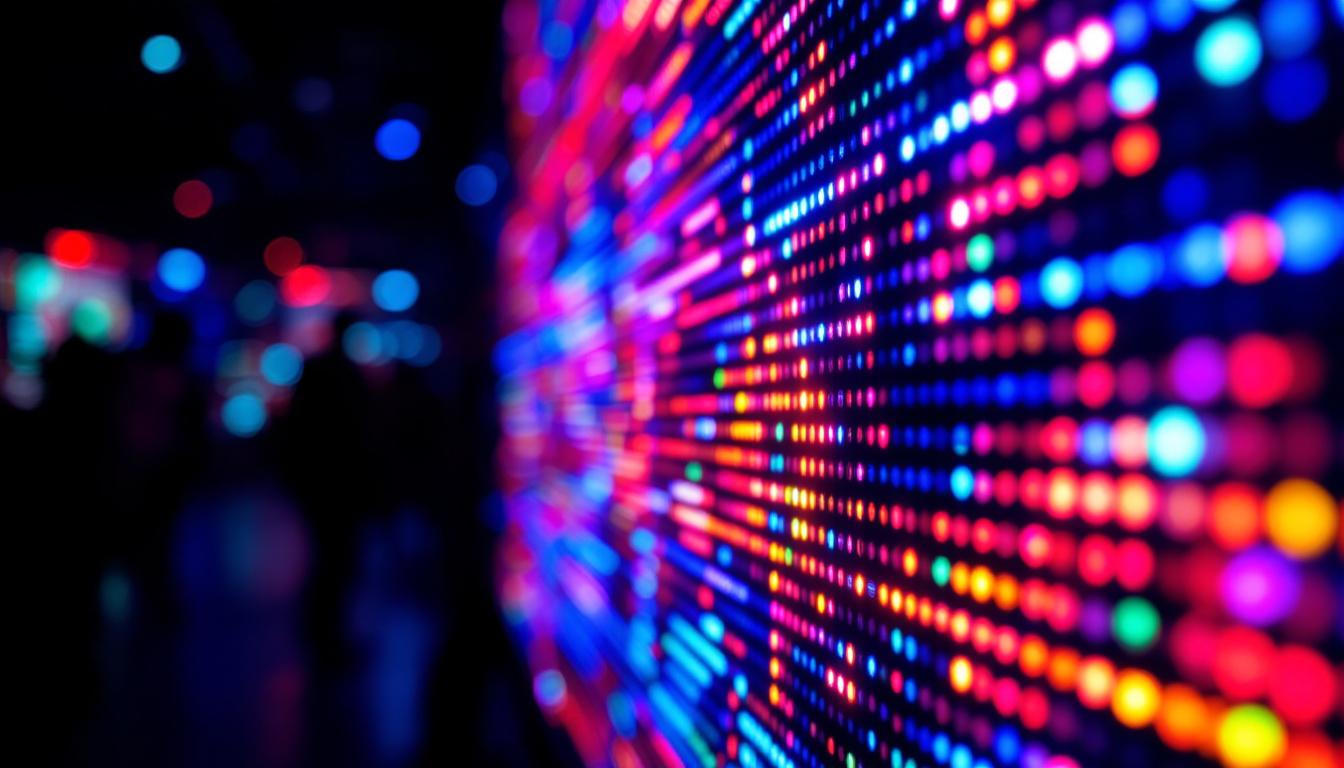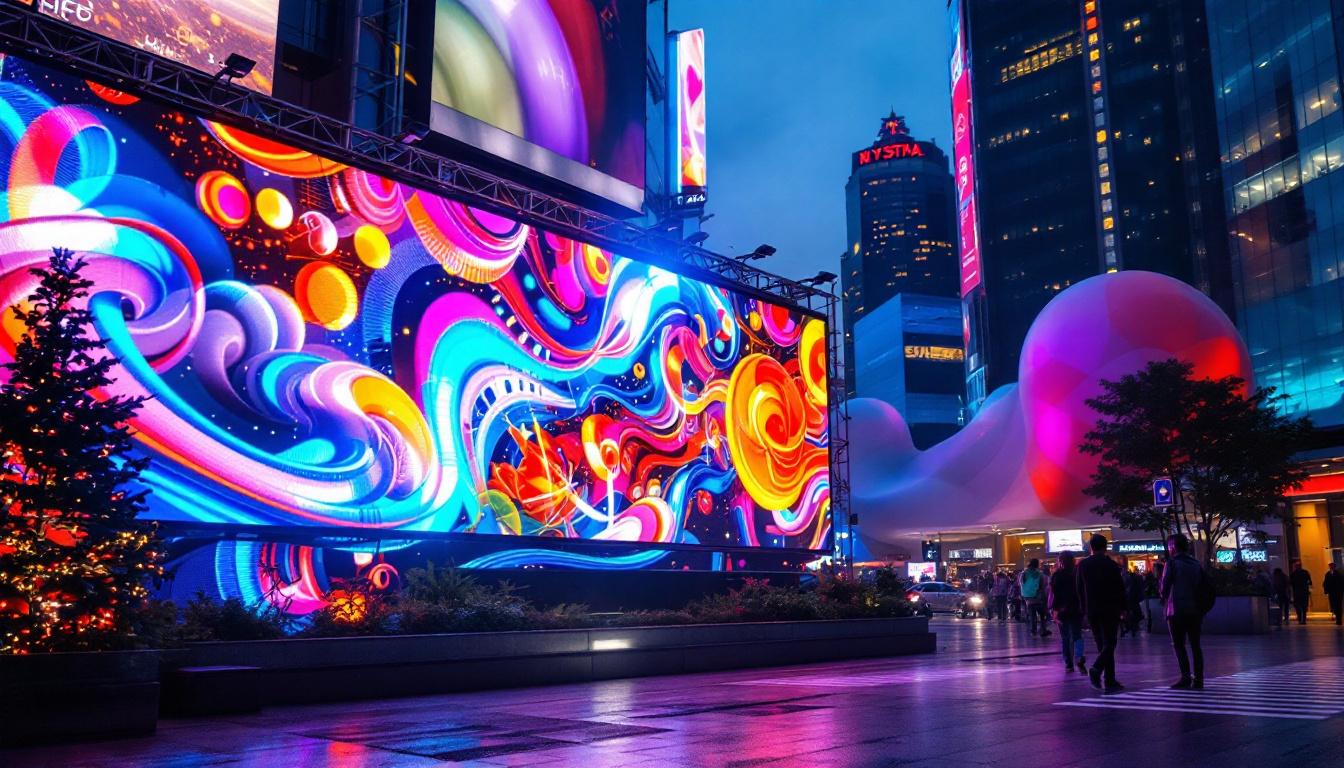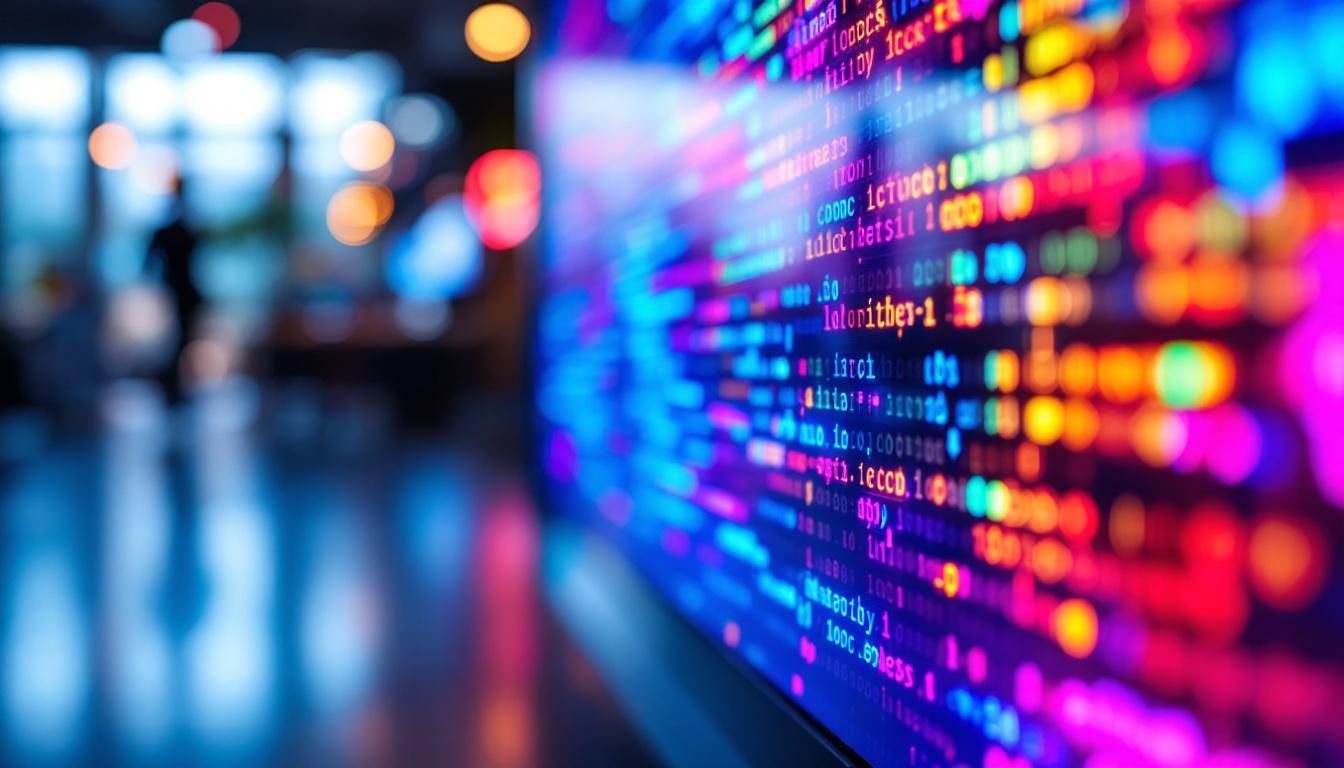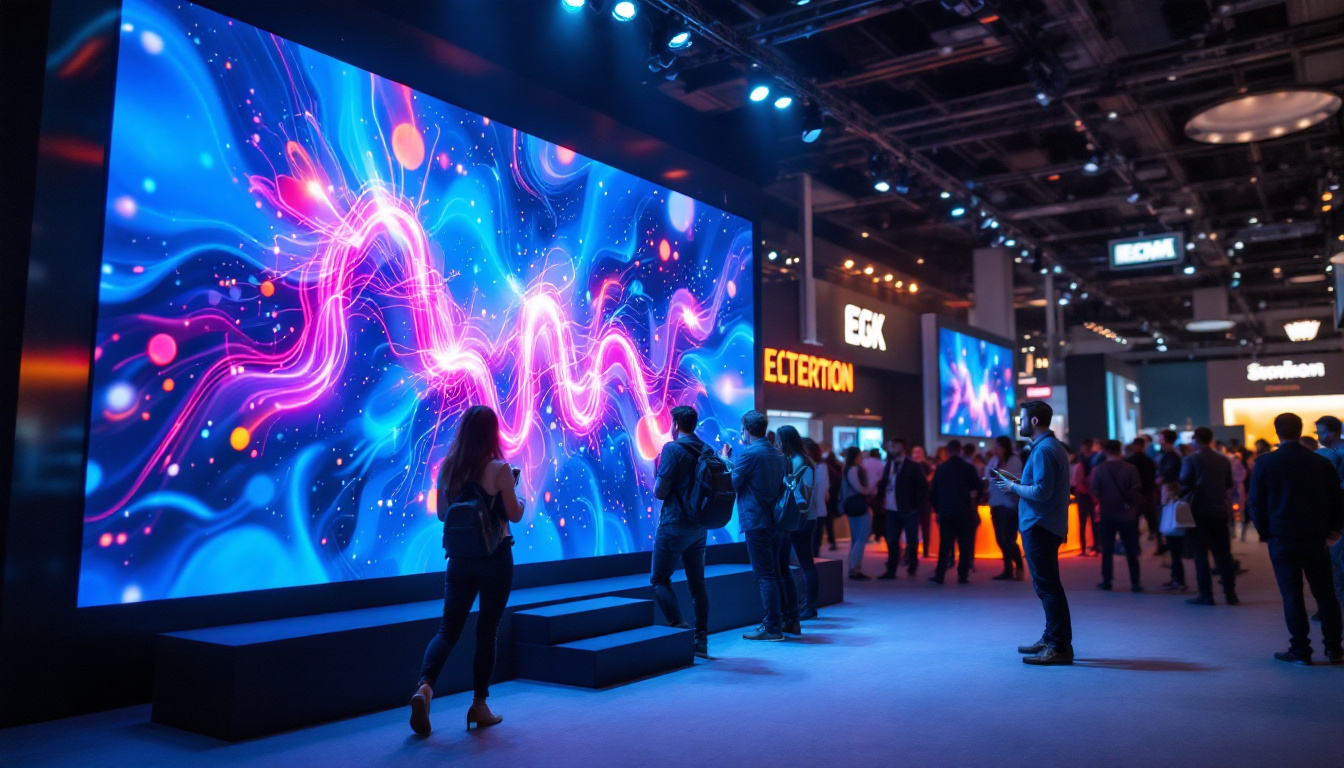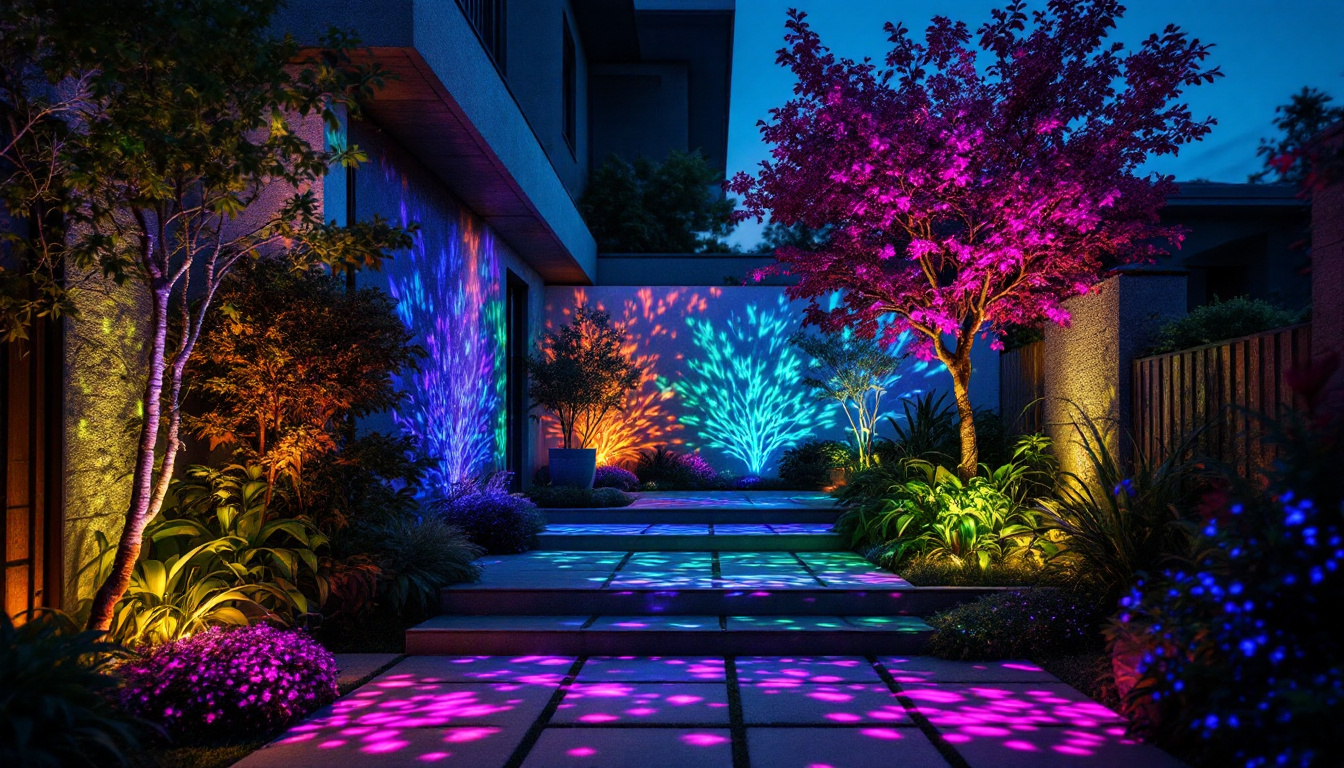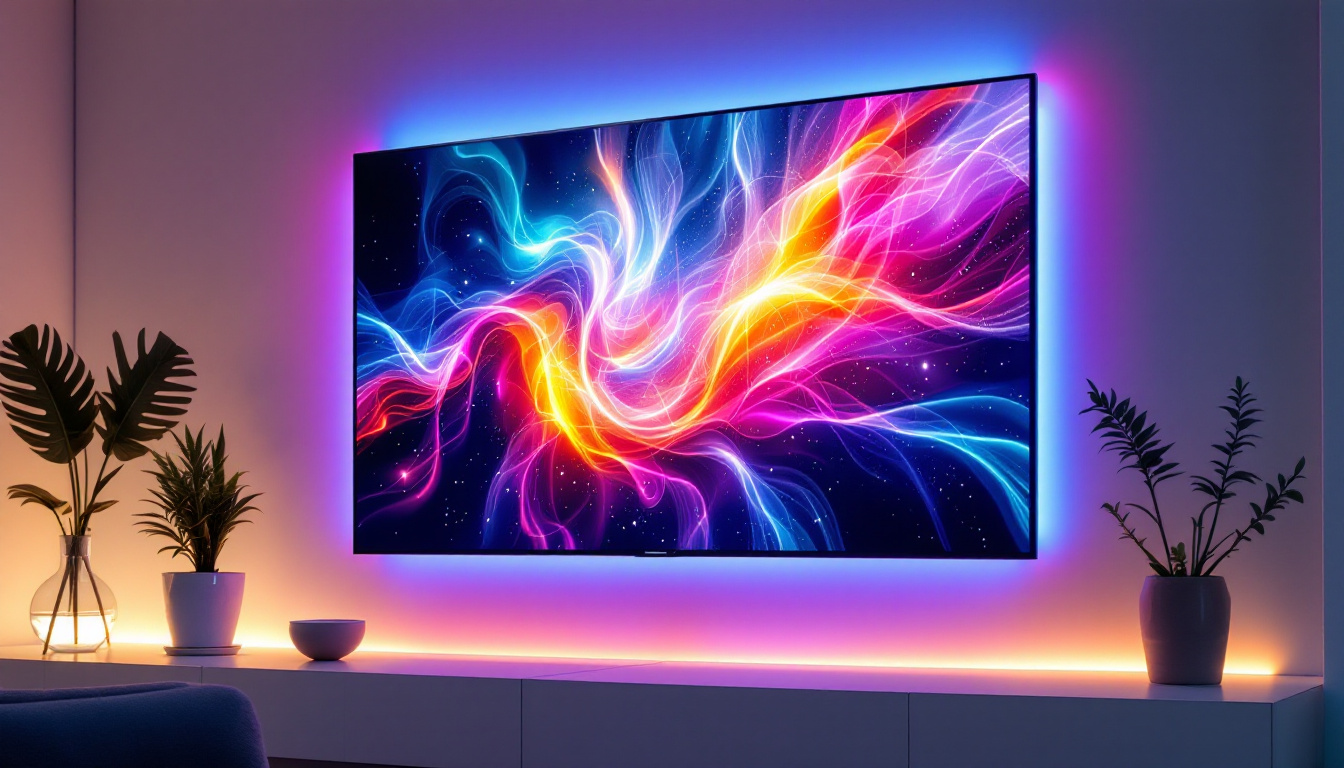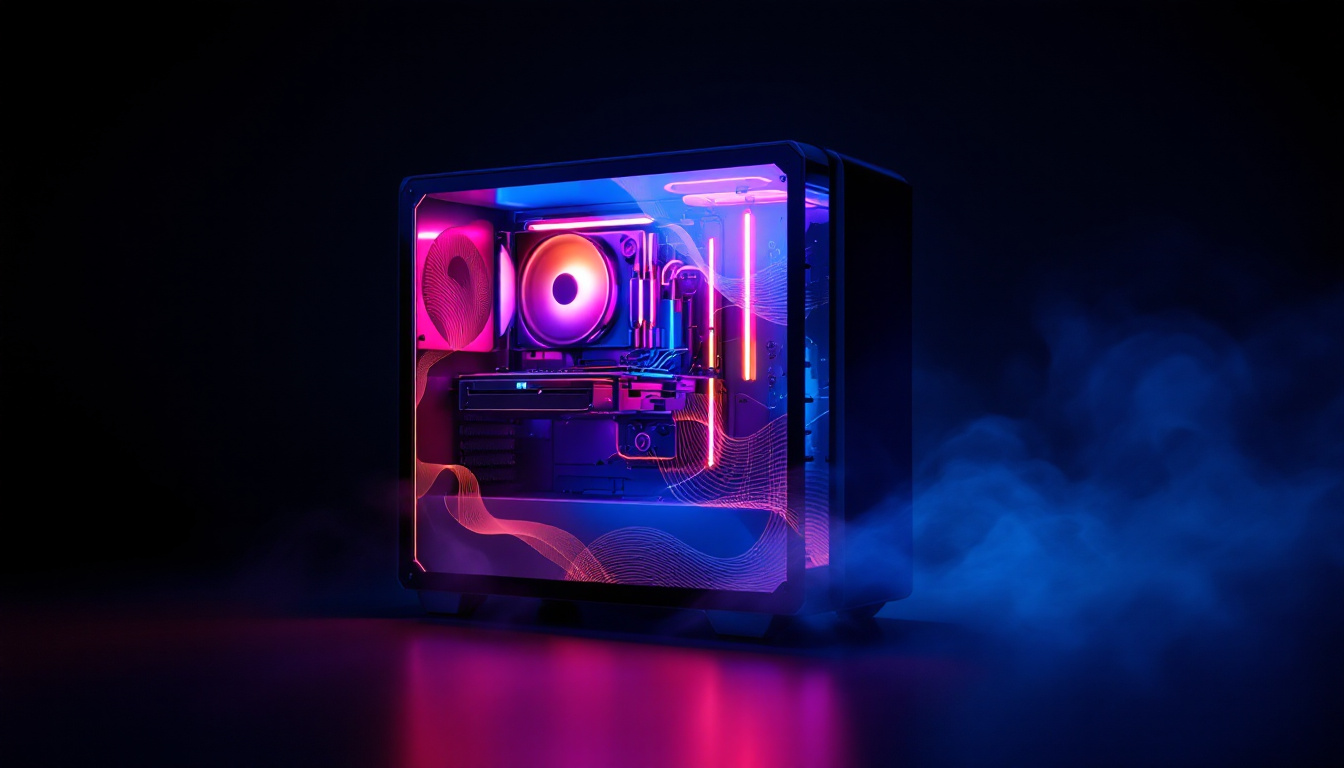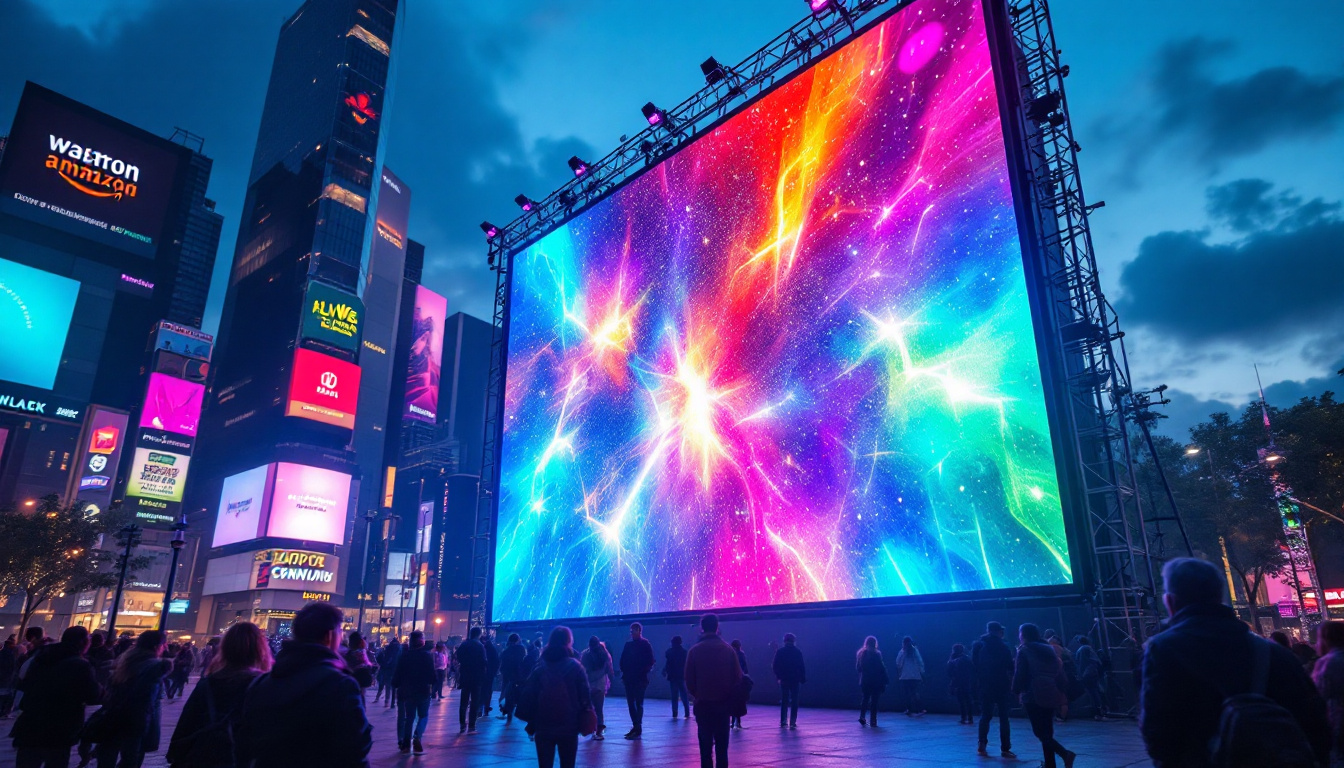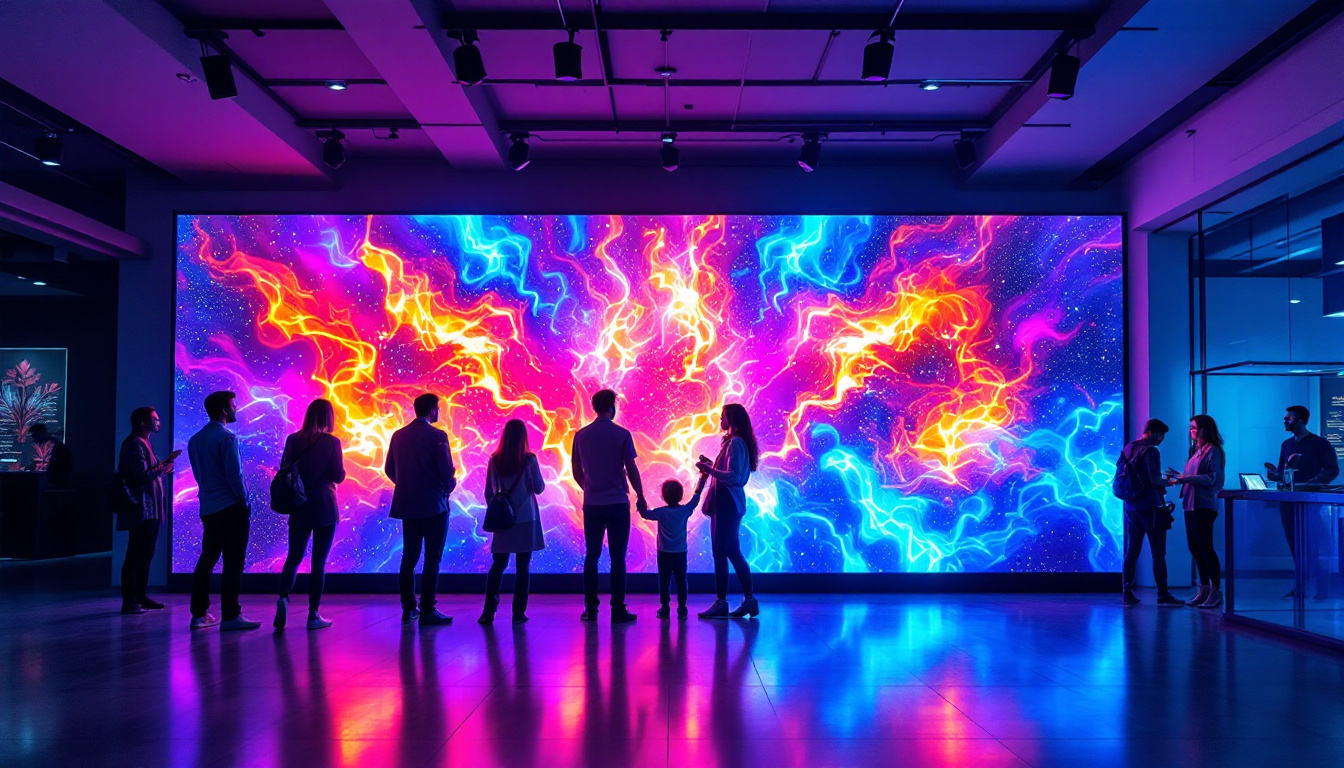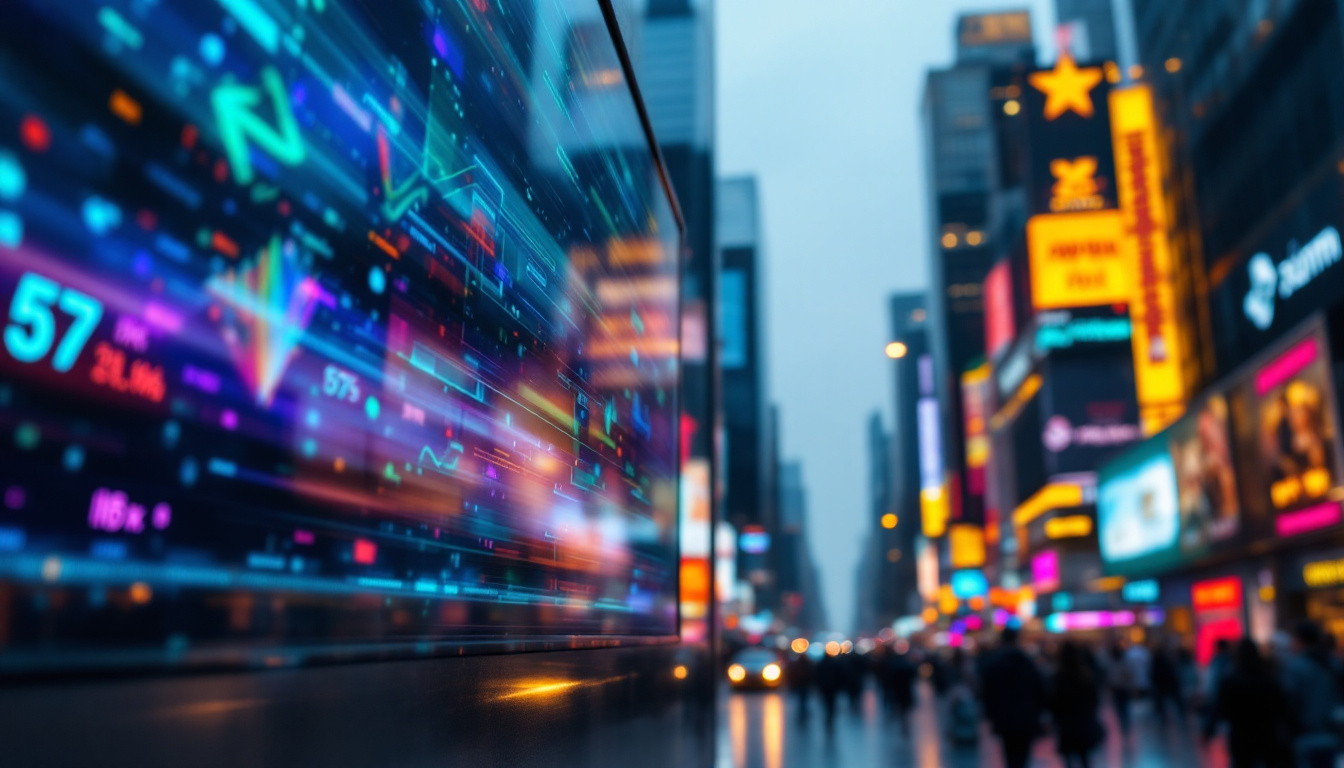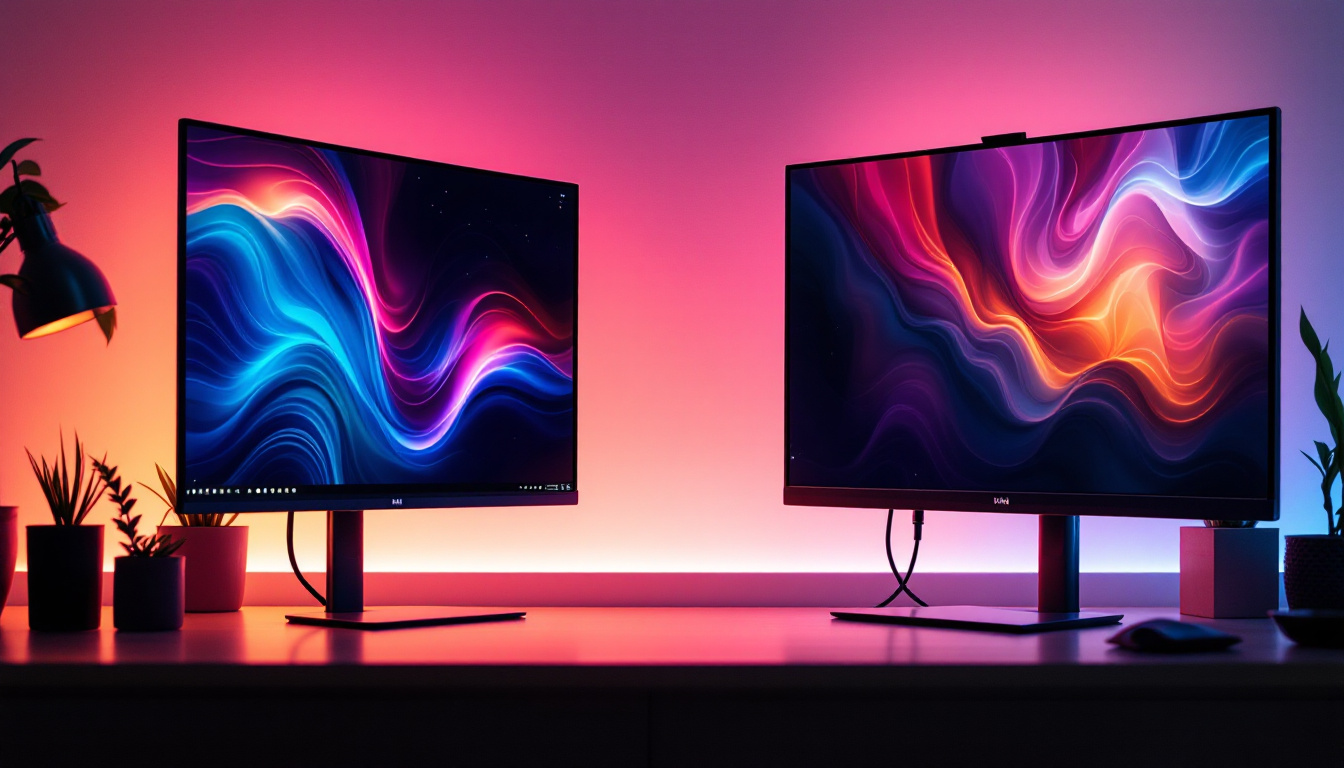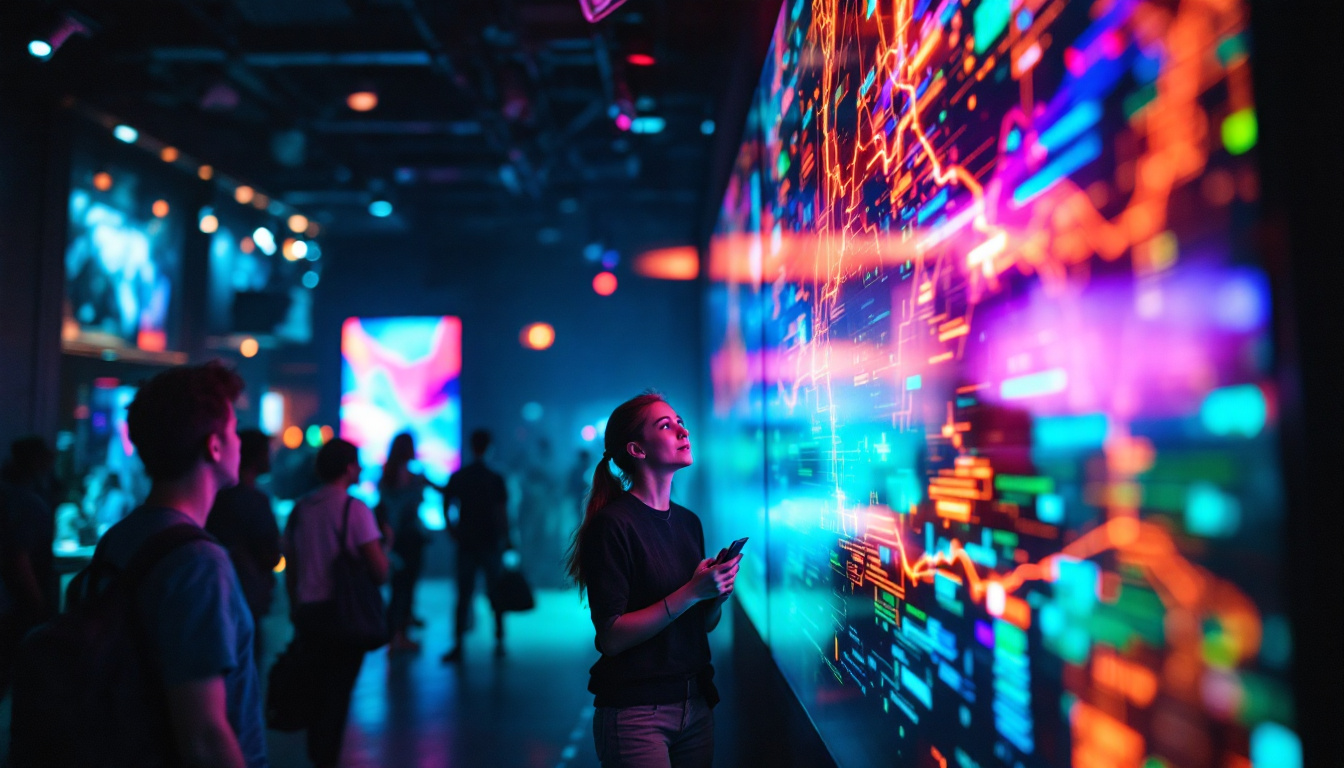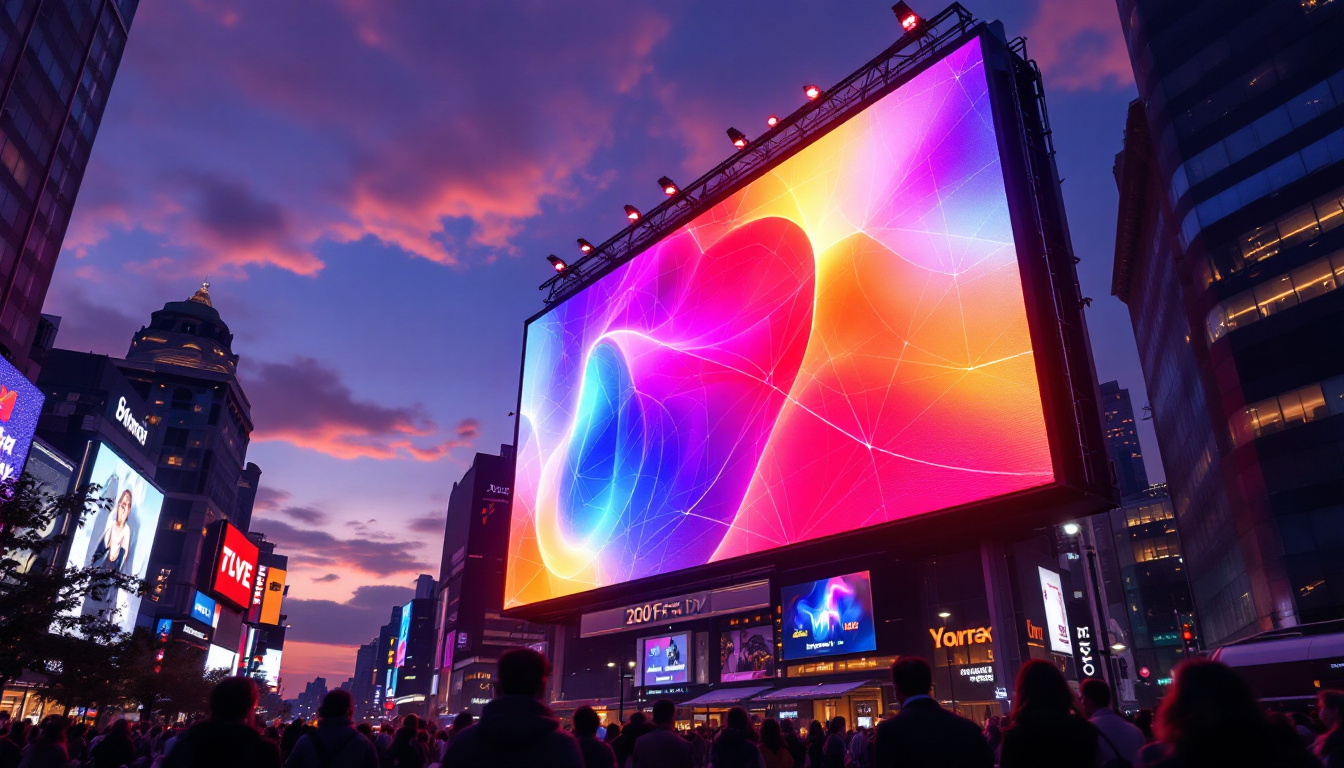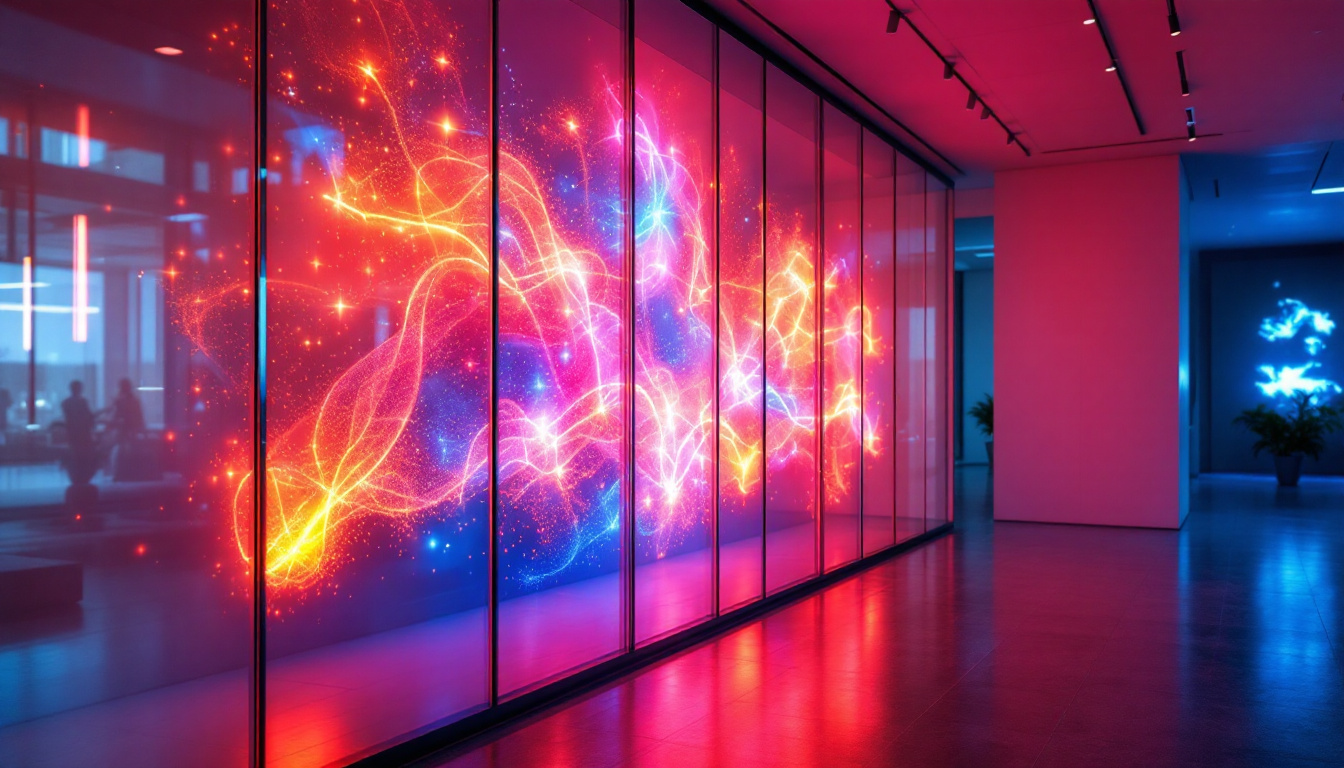In today’s digital age, LED displays have become an integral part of how information is communicated visually across various industries. From billboards and stadium screens to smartphones and wearable devices, LED technology powers some of the most vibrant and energy-efficient displays available. This article delves into the fundamentals of LED displays, exploring their technology, types, applications, and future trends to provide a comprehensive understanding of what makes LED displays so essential in modern electronics.
Understanding LED Display Technology
At its core, an LED display is a flat panel display that uses light-emitting diodes (LEDs) as pixels to produce images. Unlike traditional LCDs that rely on backlighting, LED displays generate light directly from each pixel, resulting in brighter images, deeper blacks, and better contrast ratios. This fundamental difference not only enhances the viewing experience but also allows for greater energy efficiency, making LED displays a popular choice in both consumer electronics and commercial applications.
The basic building block of an LED display is the individual LED, a semiconductor device that emits light when an electric current passes through it. These LEDs can be red, green, and blue (RGB), and by varying the intensity of each color, a full spectrum of colors can be produced. This RGB combination is fundamental to creating the vivid and dynamic images seen on LED screens. Furthermore, advancements in technology have led to the development of specialized LEDs, such as those that can emit white light or even ultraviolet light, expanding the potential applications of LED technology beyond just displays.
How LED Displays Work
LED displays operate by controlling the brightness of each LED pixel. The display is composed of thousands to millions of these pixels arranged in a grid. When electrical signals are sent to the display controller, it adjusts the current flowing through each LED to create the desired color and brightness at every pixel location. This precise control is achieved through sophisticated algorithms that manage the color mixing and brightness levels, ensuring that images are rendered accurately and consistently across the entire screen.
This pixel-level control allows LED displays to achieve high resolution and excellent color accuracy. Additionally, because LEDs emit light directly, LED displays can be made thinner and more flexible compared to other display technologies. This flexibility has led to innovative designs, such as curved and even transparent displays, which can be integrated into various environments, from retail spaces to architectural installations, creating immersive visual experiences that were previously unimaginable.
Types of LED Displays
There are several types of LED displays, each suited to different applications:
- Direct View LED Displays: These use individual LEDs as pixels and are commonly used in large outdoor screens, stadium displays, and digital billboards. They offer high brightness and visibility even in direct sunlight. Direct view displays are particularly effective for advertising and public information, as their vibrant colors and sharp images can capture the attention of passersby from a distance.
- LED-Backlit LCD Displays: These use LEDs as a backlight source behind an LCD panel. This hybrid approach is common in televisions, monitors, and smartphones, providing improved contrast and energy efficiency over traditional fluorescent backlighting. The integration of LED backlighting has also enabled manufacturers to produce thinner devices, allowing for sleeker designs that appeal to modern consumers.
- MicroLED Displays: An emerging technology where microscopic LEDs serve as individual pixels. MicroLEDs promise superior brightness, contrast, and energy efficiency, potentially surpassing OLED displays in performance. This technology is still in its infancy, but it holds the potential for revolutionary applications in virtual reality and augmented reality, where high pixel density and rapid refresh rates are essential for creating lifelike experiences.
Applications of LED Displays Across Industries
LED displays have transformed the way information is presented across a wide range of sectors. Their versatility, brightness, and durability make them suitable for both indoor and outdoor environments.
Advertising and Outdoor Signage
One of the most visible uses of LED displays is in advertising. Digital billboards and signage leverage the brightness and color vibrancy of LED technology to capture attention in busy urban environments. According to recent market research, the global digital signage market is expected to grow at a compound annual growth rate (CAGR) of over 8% through 2027, driven largely by LED display adoption.
LED billboards offer dynamic content capabilities, allowing advertisers to update messages in real-time, schedule different ads throughout the day, and incorporate animations and videos. Their high visibility even in direct sunlight makes them superior to traditional print billboards.
Sports and Entertainment Venues
Large-scale LED displays are a staple in stadiums and arenas worldwide. These displays provide live game scores, replays, advertisements, and interactive content to enhance the spectator experience. The ability to create massive, seamless screens with high resolution has revolutionized event presentation.
For example, the AT&T Stadium in Texas features one of the largest high-definition LED video boards, measuring 160 feet wide and 72 feet tall. This display offers unparalleled clarity and brightness, ensuring fans never miss a moment.
Consumer Electronics
LED technology is foundational in consumer electronics such as smartphones, televisions, laptops, and wearable devices. LED-backlit LCDs dominate the television market, offering improved picture quality and energy efficiency compared to older technologies.
In smartphones, OLED and microLED technologies are gaining traction, offering deeper blacks and more vibrant colors. These advancements contribute to better viewing experiences and longer battery life.
Transportation and Public Information Systems
LED displays are widely used in transportation hubs, including airports, train stations, and bus terminals, to provide real-time information to travelers. Their reliability and visibility under various lighting conditions make them ideal for these environments.
Additionally, LED displays are common in vehicle dashboards and traffic signals, where clarity and quick response times are critical for safety.
Advantages of LED Displays
LED displays offer several benefits that have contributed to their widespread adoption across industries.
Energy Efficiency
Compared to traditional lighting and display technologies, LEDs consume significantly less power. This energy efficiency translates into lower operational costs and reduced environmental impact, which is especially important for large-scale installations like billboards and stadium screens.
Brightness and Visibility
LED displays can achieve very high brightness levels, making them easily visible in bright daylight conditions. This is a critical advantage for outdoor applications where ambient light can wash out other display types.
Durability and Longevity
LEDs are solid-state devices with no fragile filaments or glass components, making them more resistant to shock and vibration. They also have longer lifespans, often exceeding 50,000 hours of operation, reducing maintenance and replacement costs.
Color Accuracy and Contrast
Because each LED emits its own light, LED displays can produce deep blacks and vibrant colors with high contrast ratios. This capability enhances image quality and viewer experience, particularly for video content and detailed graphics.
Challenges and Considerations in LED Display Implementation
Despite their many advantages, LED displays come with certain challenges that must be addressed during design and deployment.
Initial Cost
The upfront investment for high-quality LED displays, especially large direct-view installations, can be substantial. This cost includes not only the display hardware but also installation, control systems, and maintenance infrastructure.
However, the total cost of ownership often balances out over time due to energy savings and durability.
Heat Management
LEDs generate heat during operation, which can affect performance and lifespan if not properly managed. Effective heat dissipation mechanisms such as heat sinks and ventilation are essential components of LED display design.
Pixel Pitch and Resolution
Pixel pitch—the distance between the centers of adjacent LEDs—affects the display’s resolution and viewing distance. Smaller pixel pitches offer higher resolution but increase cost and complexity.
Choosing the appropriate pixel pitch depends on the intended viewing distance and application. For example, large outdoor billboards typically have a larger pixel pitch since viewers are far away, while indoor displays require finer pixel pitches for close-up viewing.
The Future of LED Displays
LED display technology continues to evolve rapidly, driven by advancements in materials science, manufacturing, and electronics.
MicroLED and MiniLED Innovations
MicroLED technology, which uses microscopic LEDs as individual pixels, promises to combine the best attributes of LED and OLED displays—high brightness, excellent contrast, and energy efficiency—without some of OLED’s drawbacks like burn-in.
MiniLED, a related technology, uses smaller LEDs for backlighting in LCD panels, offering improved local dimming and contrast. Both technologies are expected to become more prevalent in consumer electronics over the next decade.
Flexible and Transparent LED Displays
Research into flexible and transparent LED displays is opening new possibilities for design and application. Flexible LED screens can be curved or bent, enabling innovative form factors in wearables, automotive interiors, and architectural installations.
Transparent LED displays allow content to be displayed on glass surfaces without obstructing the view, ideal for retail windows and augmented reality applications.
Integration with Smart Technologies
LED displays are increasingly integrated with smart technologies such as IoT (Internet of Things), AI-driven content management, and interactive interfaces. This integration enhances user engagement and allows for dynamic, personalized content delivery.
Conclusion
LED displays have revolutionized visual communication by providing bright, energy-efficient, and versatile solutions for a wide range of applications. Understanding the underlying technology, types, and benefits of LED displays is essential for businesses and consumers alike as they navigate an increasingly digital world.
With ongoing innovations like microLED and flexible displays on the horizon, LED technology is poised to remain at the forefront of display solutions, shaping the future of how information and entertainment are presented.
Explore Cutting-Edge LED Displays with LumenMatrix
As you consider the vast potential and advancements of LED display technology, take the next step with LumenMatrix. Our commitment to innovation positions us at the forefront of the industry, offering a diverse range of LED display solutions tailored to your needs. From Indoor and Outdoor LED Wall Displays to specialized options like Vehicle LED Displays, LED Sports Displays, and even Custom LED solutions, LumenMatrix is dedicated to enhancing your brand’s visibility and creating immersive visual experiences. Embrace the future of visual communication and check out LumenMatrix LED Display Solutions today to see how our state-of-the-art products can transform your message into a captivating display.

